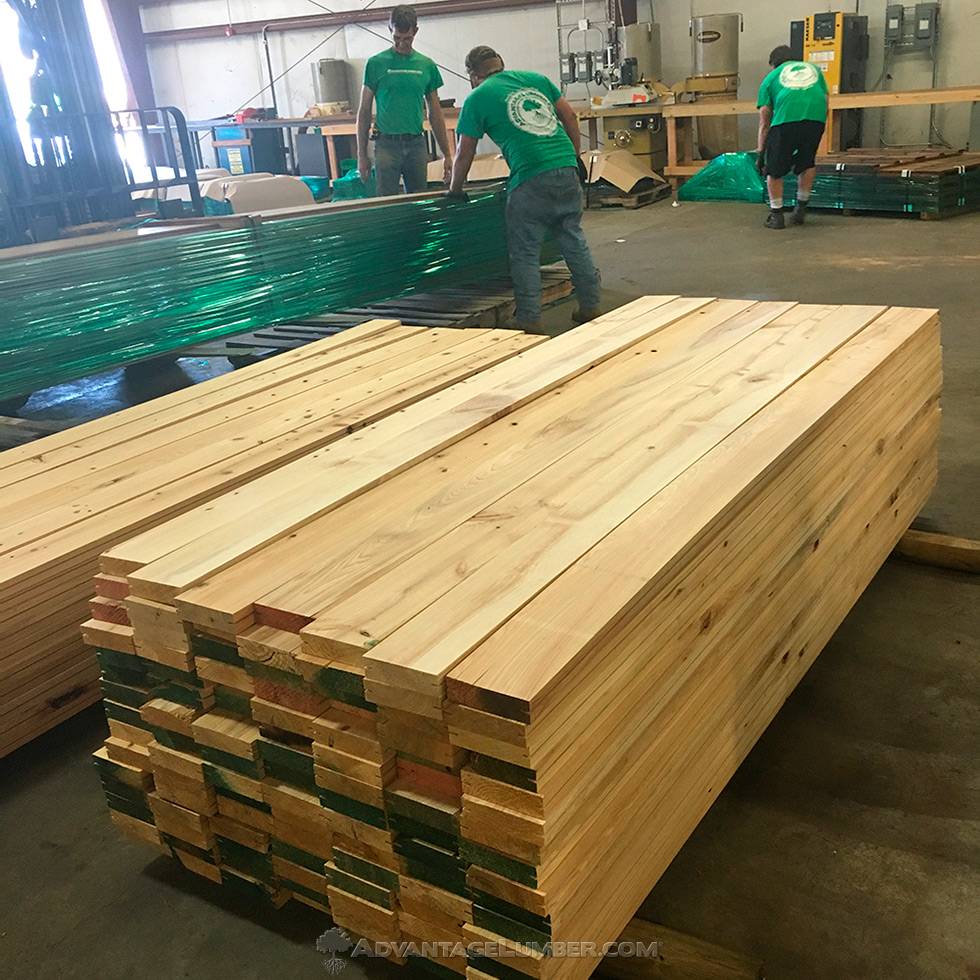The Ultimate Guide to Cypress Wood: Properties, Uses, and FAQs
Cypress wood, derived from the cypress tree, is a highly valued material in the world of woodworking and construction. Known for its durability, resistance to decay, and beautiful grain patterns, cypress wood has been used for centuries in a variety of applications. This comprehensive guide will explore the properties, uses, benefits, and frequently asked questions about cypress wood, providing you with all the information you need to understand and appreciate this remarkable material.
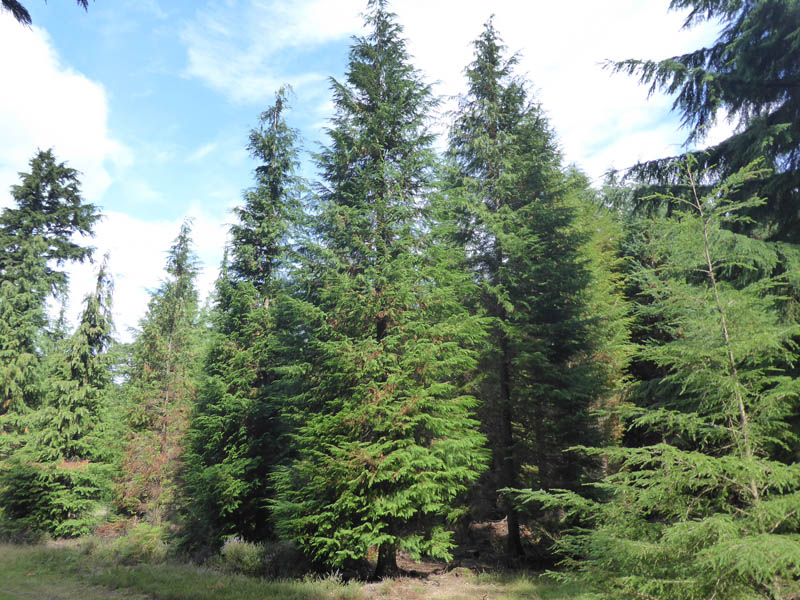
Table of Contents
- What is Cypress Wood?
- Types of Cypress Trees
- Properties of Cypress Wood
- Uses of Cypress Wood
- Benefits of Cypress Wood
- Drawbacks of Cypress Wood
- How to Identify Cypress Wood
- Cypress Wood in History
- Sustainability and Environmental Impact
- Caring for Cypress Wood
- Frequently Asked Questions (FAQs)
1. What is Cypress Wood?
Cypress wood comes from the cypress tree, a coniferous tree belonging to the family Cupressaceae. The most commonly used species for wood is the Bald Cypress (Taxodium distichum), native to the southeastern United States. Cypress trees are often found in swampy areas, which contributes to the wood’s natural resistance to moisture and decay.
Cypress wood is known for its light color, ranging from pale yellow to light brown, and its straight grain. It is a softwood, but it possesses many characteristics typically associated with hardwoods, such as durability and resistance to wear.

2. Types of Cypress Trees
There are several species of cypress trees, each with unique characteristics:
- Bald Cypress (Taxodium distichum): The most commonly used species for wood. It is known for its durability and resistance to decay.
- Pond Cypress (Taxodium ascendens): Similar to Bald Cypress but typically found in smaller, isolated ponds.
- Monterey Cypress (Cupressus macrocarpa): Native to California, this species is often used for ornamental purposes.
- Italian Cypress (Cupressus sempervirens): Known for its tall, narrow shape, it is often used in landscaping.
3. Properties of Cypress Wood
Cypress wood is prized for its unique combination of properties, which make it suitable for a wide range of applications:
- Durability: Cypress wood is highly durable and can last for decades, even in harsh conditions.
- Decay Resistance: The wood contains natural oils that make it resistant to decay, insects, and fungi.
- Workability: Cypress wood is easy to cut, shape, and sand, making it a favorite among woodworkers.
- Lightweight: Despite its durability, cypress wood is relatively lightweight, making it easy to handle and transport.
- Aesthetic Appeal: The wood has a fine, straight grain and a light color that can be easily stained or painted.
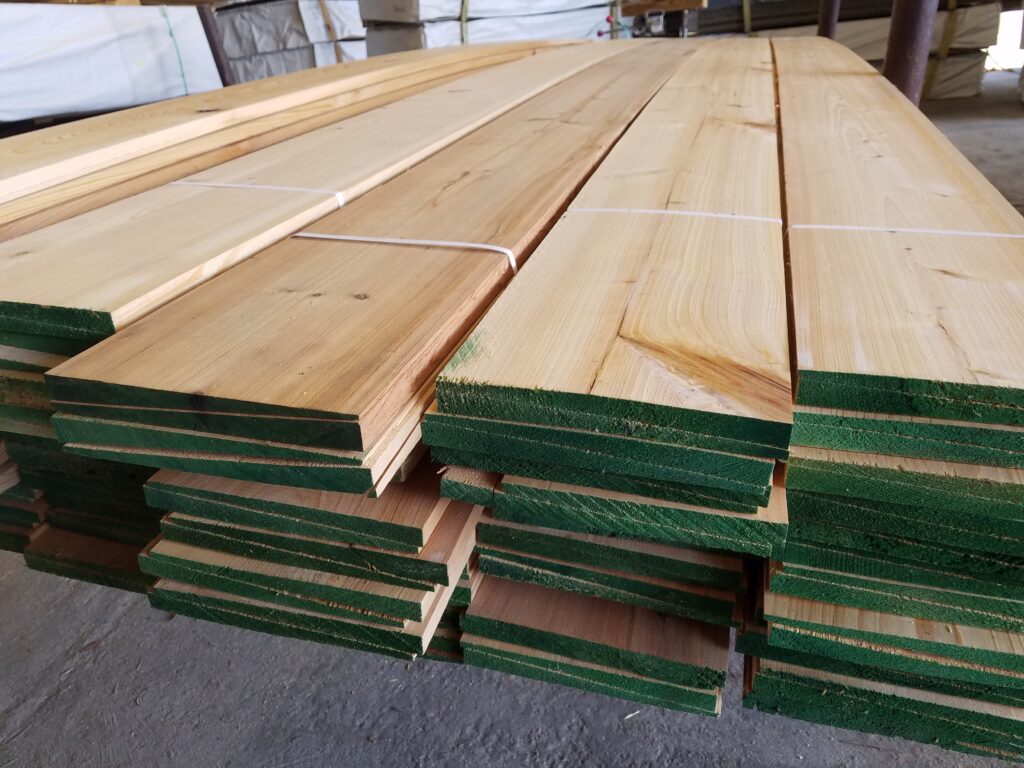
4. Uses of Cypress Wood
Cypress wood’s unique properties make it suitable for a variety of applications:
- Outdoor Furniture: Due to its resistance to decay and insects, cypress wood is often used for outdoor furniture, such as benches, tables, and chairs.
- Construction: Cypress wood is commonly used in construction for siding, shingles, and trim. Its durability makes it ideal for exterior applications.
- Boat Building: The wood’s resistance to moisture makes it a popular choice for boat building, particularly for decks and hulls.
- Interior Design: Cypress wood is used for interior paneling, flooring, and cabinetry due to its aesthetic appeal and workability.
- Caskets and Coffins: The wood’s durability and resistance to decay make it a traditional choice for caskets and coffins.
5. Benefits of Cypress Wood
Cypress wood offers numerous benefits, making it a preferred choice for many applications:
- Natural Resistance: The wood’s natural oils provide resistance to decay, insects, and fungi, reducing the need for chemical treatments.
- Longevity: Cypress wood can last for decades, even in harsh environments, making it a cost-effective choice in the long run.
- Aesthetic Versatility: The wood’s light color and fine grain make it easy to stain, paint, or finish to match any design aesthetic.
- Eco-Friendly: Cypress wood is a renewable resource, and sustainable harvesting practices ensure its availability for future generations.
- Low Maintenance: Due to its natural resistance to decay and insects, cypress wood requires minimal maintenance over its lifespan.
6. Drawbacks of Cypress Wood
While cypress wood has many advantages, there are some drawbacks to consider:
- Cost: Cypress wood can be more expensive than other types of wood, particularly if it is sustainably harvested.
- Availability: Depending on your location, cypress wood may not be readily available, and shipping costs can add to the overall expense.
- Softness: While cypress wood is durable, it is still a softwood, which means it can be prone to dents and scratches if not properly cared for.
- Color Variation: The color of cypress wood can vary significantly, which may be a concern for those looking for a consistent appearance in their projects.
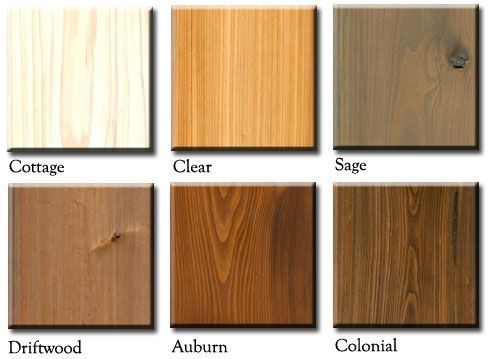
7. How to Identify Cypress Wood
Identifying cypress wood can be challenging, especially for those unfamiliar with its characteristics. Here are some tips to help you identify cypress wood:
- Color: Cypress wood typically has a light color, ranging from pale yellow to light brown. The heartwood may have a slightly darker hue.
- Grain: The wood has a fine, straight grain with a uniform texture.
- Weight: Cypress wood is relatively lightweight compared to other hardwoods.
- Smell: When freshly cut, cypress wood has a distinct, pleasant aroma.
- Knots: Cypress wood often contains small, tight knots, which can add to its aesthetic appeal.
8. Cypress Wood in History
Cypress wood has a rich history, dating back thousands of years. It has been used in various cultures for construction, shipbuilding, and even religious purposes.
- Ancient Egypt: Cypress wood was used to build coffins and sarcophagi due to its durability and resistance to decay.
- Ancient Greece and Rome: The wood was used in the construction of temples, ships, and furniture.
- Native Americans: The Bald Cypress tree was used by Native Americans to build canoes and shelters.
- Colonial America: Cypress wood was a popular choice for building homes, barns, and other structures in the southeastern United States.
9. Sustainability and Environmental Impact
Cypress wood is considered a sustainable material when harvested responsibly. However, overharvesting and habitat destruction have led to concerns about the environmental impact of cypress logging.
- Sustainable Harvesting: Many cypress forests are now managed sustainably, with efforts to replant trees and protect natural habitats.
- Wetland Preservation: Cypress trees play a crucial role in wetland ecosystems, providing habitat for wildlife and helping to filter water. Protecting these ecosystems is essential for maintaining biodiversity.
- Certifications: Look for cypress wood that is certified by organizations such as the Forest Stewardship Council (FSC), which ensures that the wood is harvested sustainably.
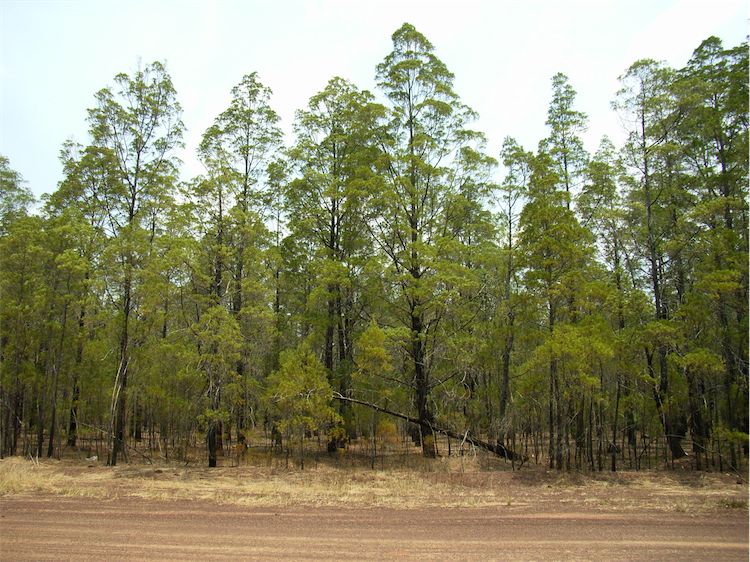
10. Caring for Cypress Wood
Proper care and maintenance can extend the life of cypress wood and keep it looking its best. Here are some tips for caring for cypress wood:
- Cleaning: Regularly clean cypress wood with a mild soap and water solution to remove dirt and debris.
- Sealing: Apply a sealant or finish to protect the wood from moisture and UV damage. This is particularly important for outdoor applications.
- Inspection: Periodically inspect cypress wood for signs of damage, such as cracks or rot, and address any issues promptly.
- Avoid Harsh Chemicals: Avoid using harsh chemicals or abrasive cleaners, as they can damage the wood’s surface.
11. Frequently Asked Questions (FAQs)
Q1: Is cypress wood good for outdoor use?
A: Yes, cypress wood is excellent for outdoor use due to its natural resistance to decay, insects, and moisture. It is commonly used for outdoor furniture, decks, and siding.
Q2: How does cypress wood compare to cedar?
A: Both cypress and cedar are durable, decay-resistant woods, but cypress tends to be more affordable and has a lighter color. Cedar has a distinct aroma and is often used for closets and chests.
Q3: Can cypress wood be stained or painted?
A: Yes, cypress wood can be easily stained or painted to achieve the desired finish. Its light color and fine grain make it versatile for various design aesthetics.
Q4: Is cypress wood environmentally friendly?
A: Cypress wood can be environmentally friendly if it is sustainably harvested. Look for certifications such as FSC to ensure responsible sourcing.
Q5: How long does cypress wood last?
A: With proper care and maintenance, cypress wood can last for decades, even in harsh outdoor environments.
Q6: Is cypress wood expensive?
A: Cypress wood can be more expensive than other types of wood, particularly if it is sustainably harvested. However, its durability and longevity can make it a cost-effective choice in the long run.
Q7: Can cypress wood be used for indoor projects?
A: Yes, cypress wood is suitable for indoor projects such as paneling, flooring, and cabinetry. Its aesthetic appeal and workability make it a popular choice for interior design.
Q8: Does cypress wood shrink or warp?
A: Cypress wood is relatively stable and resistant to shrinking and warping, especially when properly sealed and maintained.
Q9: What is the best way to finish cypress wood?
A: The best way to finish cypress wood depends on the intended use. For outdoor applications, a sealant or exterior-grade finish is recommended. For indoor projects, a stain or clear coat can enhance the wood’s natural beauty.
Q10: Where can I buy cypress wood?
A: Cypress wood can be purchased from lumberyards, specialty wood suppliers, and online retailers. Be sure to choose a reputable source that offers sustainably harvested wood.
Welcome FlicTime where we connect workers and employers, Friends and Families, Fans and Celebrities Games and Gamers etc.
